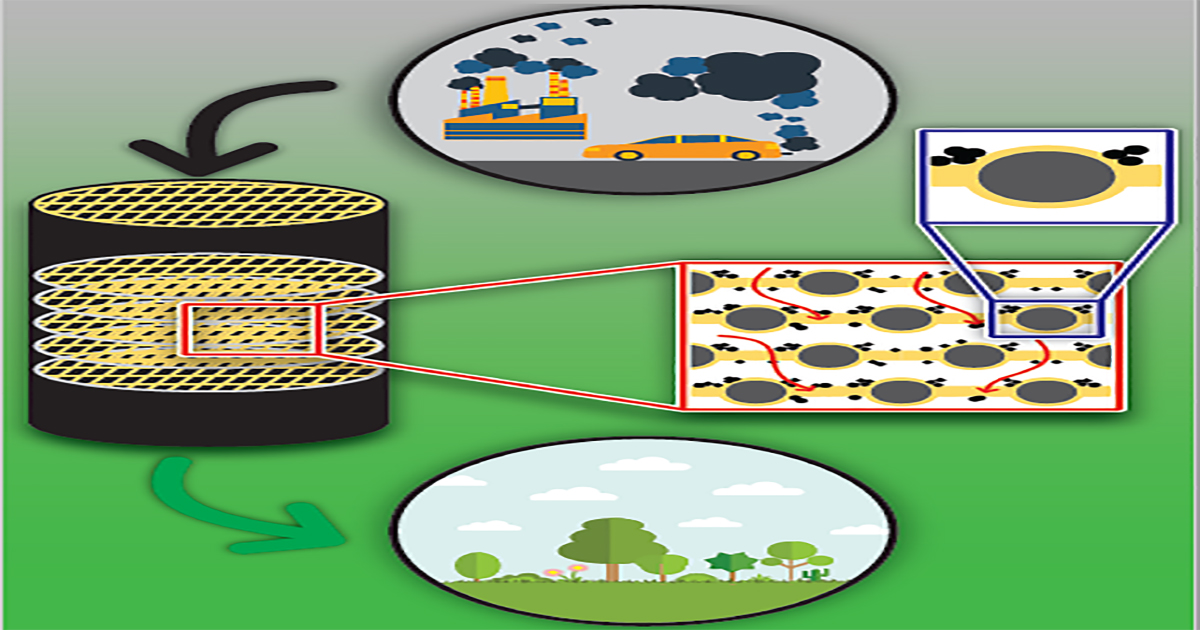Catalysts for Air Pollution Control: Present and Future
A special issue of Catalysts (ISSN 2073-4344). This special issue belongs to the section "Environmental Catalysis".
Deadline for manuscript submissions: closed (15 March 2023) | Viewed by 21827

Special Issue Editors
Interests: catalytic processes; environmental catalysis; air pollution control
Special Issues, Collections and Topics in MDPI journals
Interests: heterogeneous catalysts; soot combustion; phenol degradation; CO oxidation; 3D printing; structured catalysts
Interests: heterogeneous catalysis; flexible and rigid structured catalysts; oxidation reactions; oxidative dehydrogenation of hydrocarbons; pollutants abatement; 3D printing
Special Issue Information
Dear Colleagues,
For several years now, the use of catalytic processes for the reduction of pollutants in the atmosphere has become essential, both for those coming from stationary and mobile sources. Due to increasing restrictions on emission limits, it is necessary to increase efforts in research activities in this area, and the development of more and more sophisticated catalytic processes is becoming evident. A typical example is a complex system currently used for the simultaneous reduction of CO, VOCs, NOx and soot particles in diesel engine exhausts, for which a tandem of several catalytic reactors has been developed. This issue of Catalysts is dedicated to the dissemination of results from the efforts of research groups in both basic and applied aspects of environmental catalysis focused on air pollution control, with the aim of generating new ideas and stimulating research in this fascinating area. Manuscripts are welcome from the broad spectrum of important topics related to catalysts, reactors and processes.
Dr. Eduardo Miró
Dr. Ezequiel David Banus
Dr. Juan Pablo Bortolozzi
Guest Editors
Manuscript Submission Information
Manuscripts should be submitted online at www.mdpi.com by registering and logging in to this website. Once you are registered, click here to go to the submission form. Manuscripts can be submitted until the deadline. All submissions that pass pre-check are peer-reviewed. Accepted papers will be published continuously in the journal (as soon as accepted) and will be listed together on the special issue website. Research articles, review articles as well as short communications are invited. For planned papers, a title and short abstract (about 100 words) can be sent to the Editorial Office for announcement on this website.
Submitted manuscripts should not have been published previously, nor be under consideration for publication elsewhere (except conference proceedings papers). All manuscripts are thoroughly refereed through a single-blind peer-review process. A guide for authors and other relevant information for submission of manuscripts is available on the Instructions for Authors page. Catalysts is an international peer-reviewed open access monthly journal published by MDPI.
Please visit the Instructions for Authors page before submitting a manuscript. The Article Processing Charge (APC) for publication in this open access journal is 2200 CHF (Swiss Francs). Submitted papers should be well formatted and use good English. Authors may use MDPI's English editing service prior to publication or during author revisions.
Keywords
- environmental catalysis
- air pollution
- CO, VOCs, NOx add soot particles
- catalytic processes
- reactors
Benefits of Publishing in a Special Issue
- Ease of navigation: Grouping papers by topic helps scholars navigate broad scope journals more efficiently.
- Greater discoverability: Special Issues support the reach and impact of scientific research. Articles in Special Issues are more discoverable and cited more frequently.
- Expansion of research network: Special Issues facilitate connections among authors, fostering scientific collaborations.
- External promotion: Articles in Special Issues are often promoted through the journal's social media, increasing their visibility.
- e-Book format: Special Issues with more than 10 articles can be published as dedicated e-books, ensuring wide and rapid dissemination.
Further information on MDPI's Special Issue polices can be found here.







